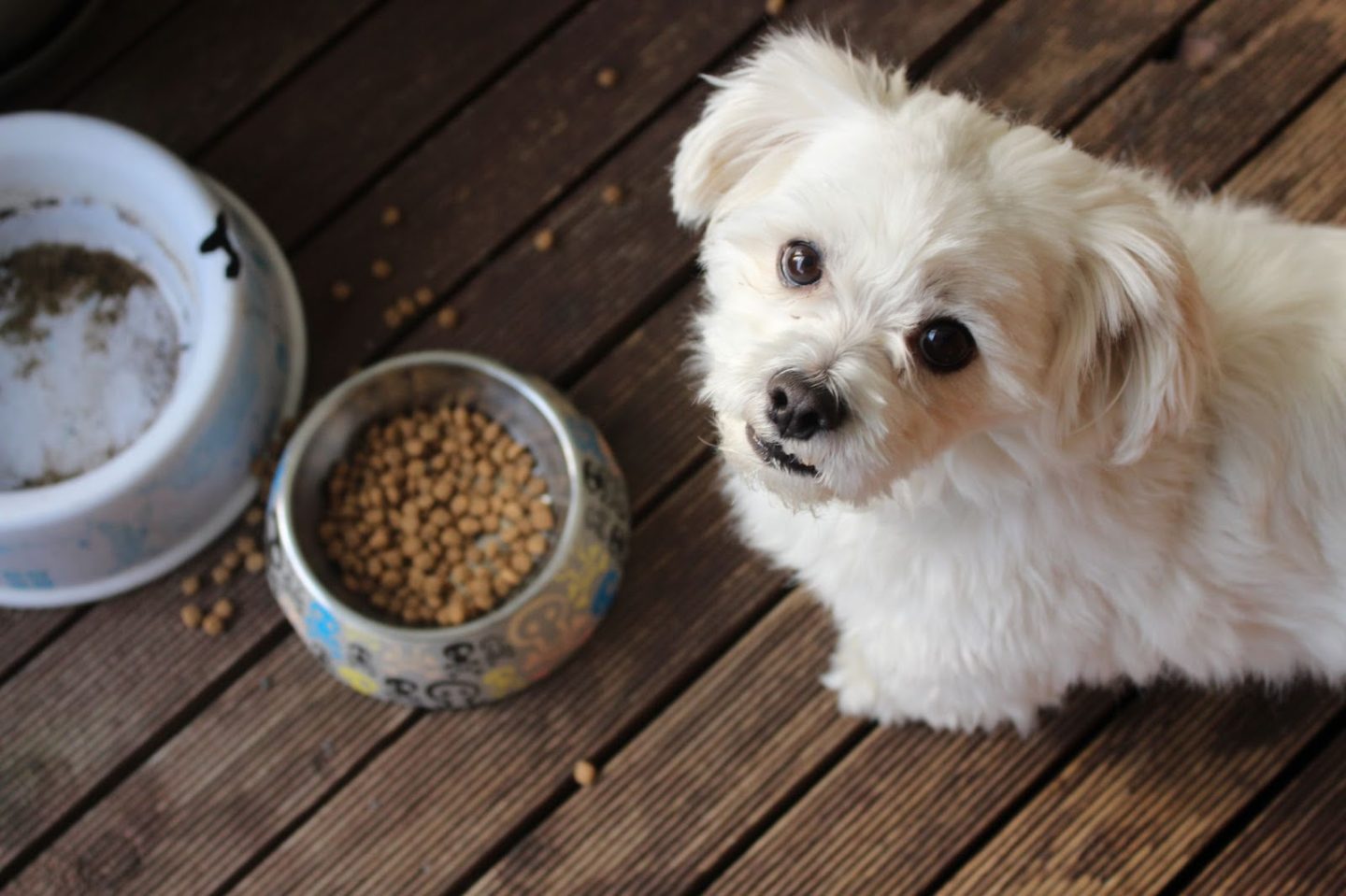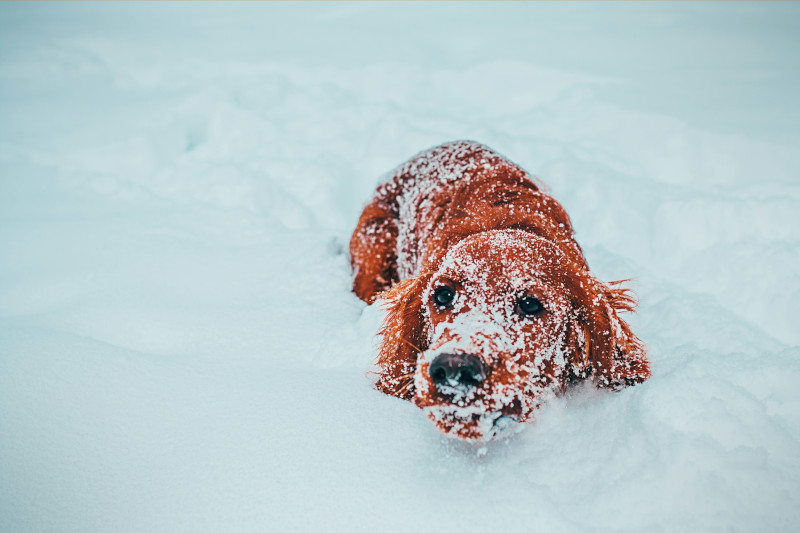
As the days grow shorter and the daylight hours decrease, some dogs may show signs of low energy, changes in mood, or unusual behaviour. Although it may not be the same as we do, some dogs may mirror the symptoms of SAD seen in humans.
But how can you tell if your dog is affected by Seasonal Affective Disorder? With this in mind, Sean McCormack, Head Vet at Tails.com, has compiled a list of the top signs to look out for if you think your dog might be affected by the change in seasons.
Reduced Sunlight and Melatonin Production

With fewer daylight hours, dogs receive less natural sunlight, which can disrupt their internal clock and lead to increased melatonin production. Melatonin is a hormone that promotes sleep and relaxation, which may cause dogs to feel sleepier and less energetic.
Cold Sensitivity

Cold weather can make some dogs, especially those with short coats or smaller body sizes, more susceptible to feeling chilled. This can lead them to seek warmth indoors and rest more than usual.
Changes in Diet

During winter, routines often shift, and mealtimes may be adjusted to suit the changes in daylight or temperature. This can result in some dogs eating at different times or experiencing fluctuations in appetite.
Irritability

Winter often brings a change in household routines, with people spending more time indoors or adjusting walking schedules. This shift can make some dogs feel less stimulated, potentially leading to boredom or increased irritability.
Loss of Interest in Social Interaction

Mood changes in winter may cause some dogs to become more withdrawn, lethargic, and less interested in socialising. Shorter daylight hours reduce sunlight exposure, which in turn can lower serotonin levels in the brain. Since serotonin influences mood and energy, low levels can leave dogs less enthusiastic about play and social activities.
Frequent Barking

If dogs feel they’re not getting enough interaction or attention during winter, they may bark more often to get a response from their owners, even if it’s simply to break up the monotony of the day.
If you notice that your dog is exhibiting these behaviours, there are things you can do to help. Despite colder temperatures, keep up with daily walks to boost your dog’s energy and mood.
Opt for shorter, more frequent walks especially on sunnier days over longer outings if it’s too cold. You could also position your dog’s bed or play area near a window for increased natural light.
Try to spend quality time together by grooming, petting, or just chilling together. Positive interaction with family members helps to reduce stress and improve mood.